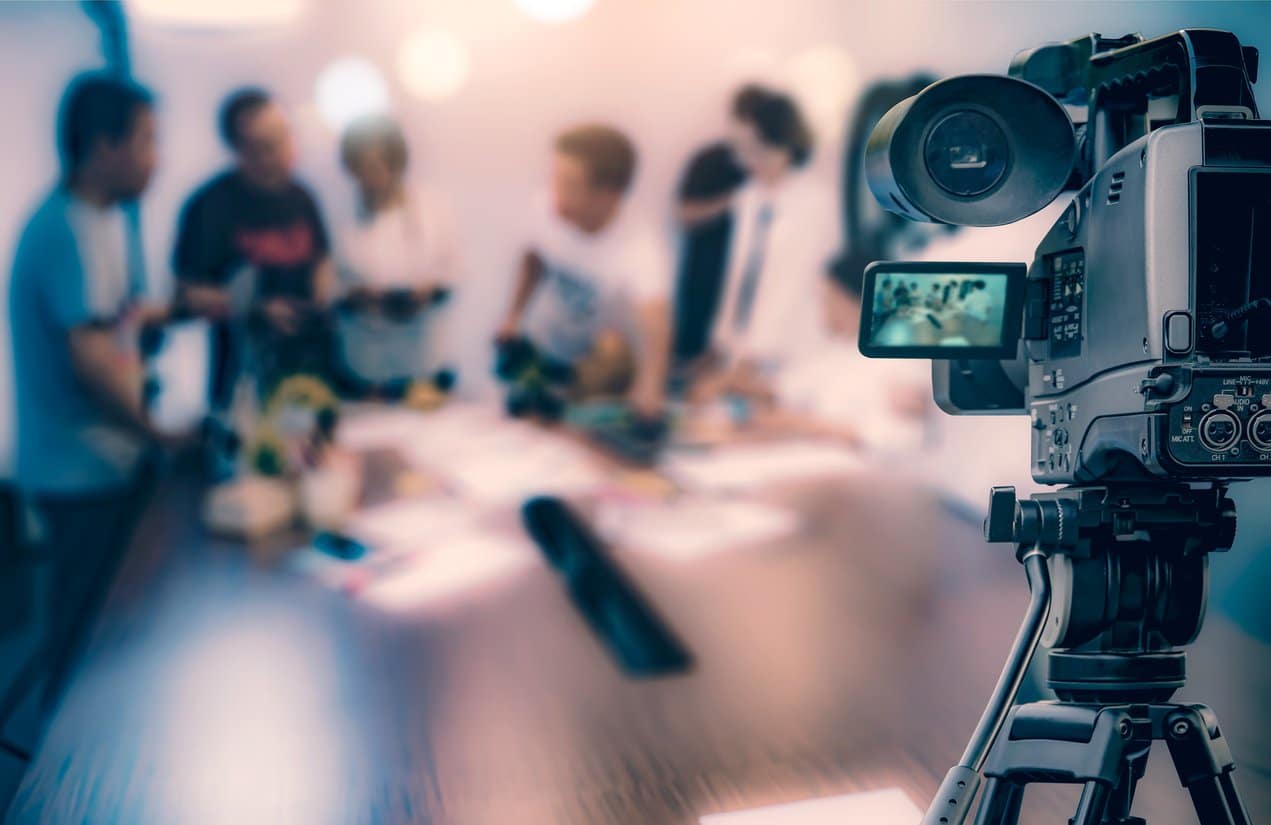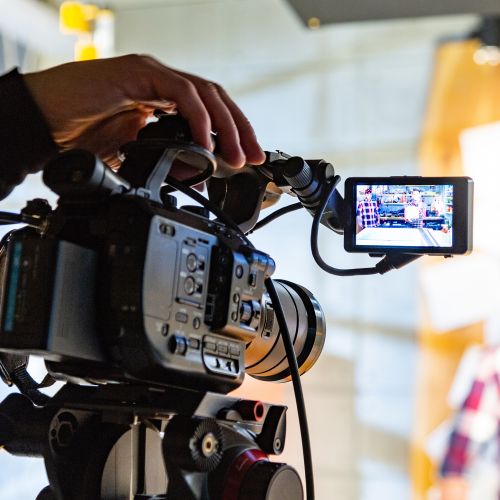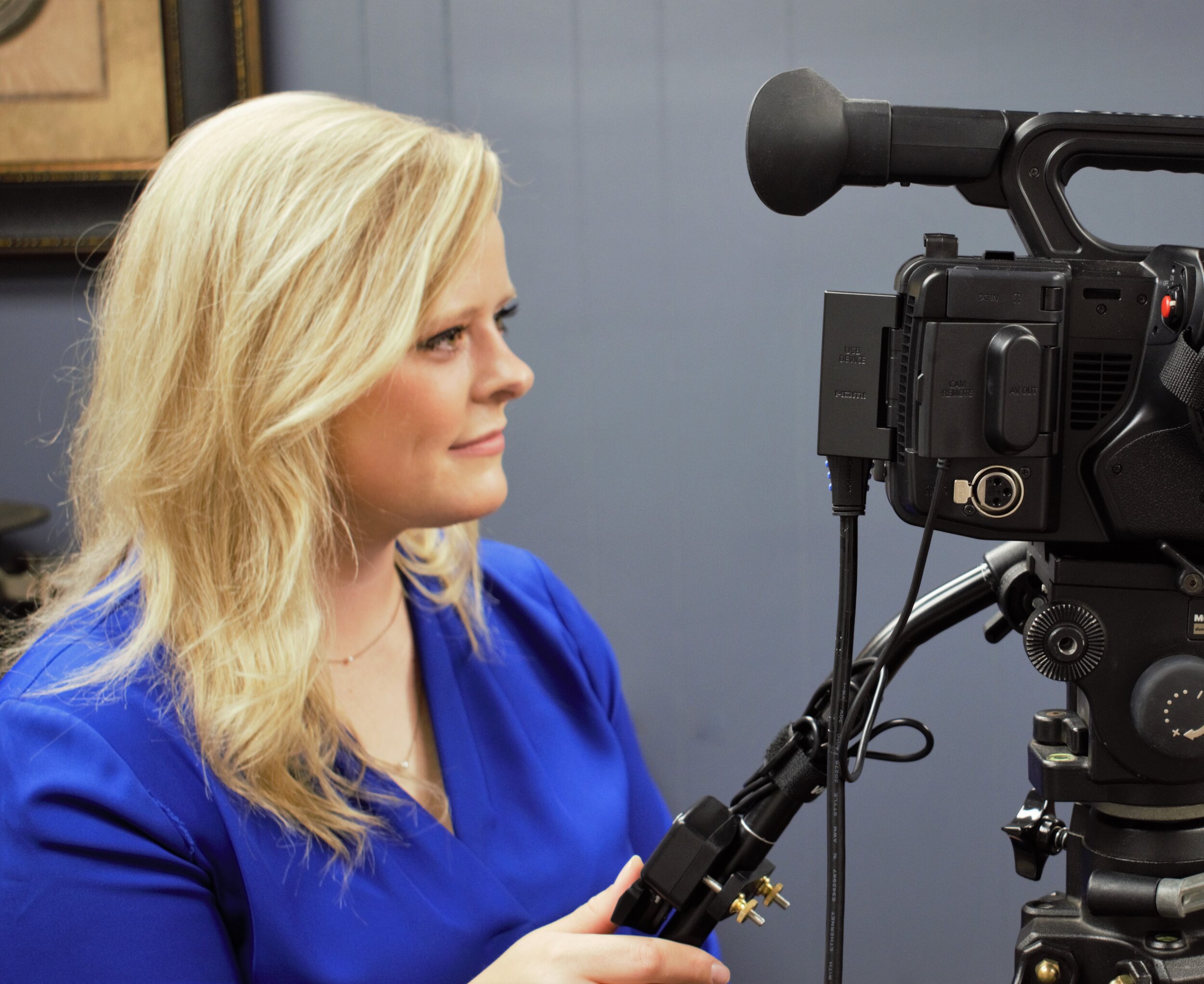Leading Benefits of Professional Legal Videography for Litigation
Looking Into the Mechanisms of Lawful Videography: Introduction Its Operation in Safeguarding Authentic Visual Testament for Judicial Procedures
In the world of judicial procedures, the duty of lawful videography stands as a cornerstone in preserving and offering aesthetic proof. As modern technology continues to breakthrough, the systems behind lawful videography have come to be progressively complex, offering a crucial layer of credibility to testimonies recorded on video.
Historical Advancement of Lawful Videography
Examining the historical progression of lawful videography reveals a significant improvement in the capturing and presentation of visual evidence within the lawful landscape. In the past, legal process heavily depended on written records and pictures to document occasions and supply proof. With the introduction of video clip technology, the legal market witnessed a standard shift in exactly how aesthetic testament was captured and provided.
The development of lawful videography can be mapped back to the late 20th century when innovations in video recording devices made it a lot more accessible for use in court rooms. This technological innovation not only improved the precision and integrity of aesthetic proof but also revolutionized the way cases existed to juries and judges (Legal Videography). Attorneys began to acknowledge the convincing power of video recordings in conveying feelings, nuances, and non-verbal cues that written pictures or transcripts alone can not record properly

Technology Advancements in Video Documentation
What vital technical developments have transformed video clip paperwork in the lawful area? The legal area has seen significant developments in video documents technology that have enhanced the credibility and dependability of visual evidence in judicial proceedings. Among the crucial improvements is high-def (HD) video recording capabilities, which provide crystal-clear pictures and sharp information that are vital for precisely capturing testimonies, faces, and other visual signs. Furthermore, the integration of timestamping and metadata attributes in video clip paperwork tools has actually enabled accurate documentation of when and where the video clip was tape-recorded, guaranteeing the integrity of the evidence offered in court.
Moreover, innovations in video security and watermarking innovations have actually reinforced the security and tamper-proof nature of video clip evidence, securing it versus unauthorized changes or meddling. The advent of cloud storage services and remote access abilities has structured the storage space, access, and sharing of video clip evidence, assisting in smooth cooperation amongst lawful experts and making sure reliable accessibility to essential aesthetic testaments when required. These technical developments in video clip documentation have actually undoubtedly revolutionized the lawful field, improving the accuracy, reputation, and admissibility of visual evidence in judicial proceedings.
Role of Lawful Videographers in Courtroom Settings
The advancement of video clip documents modern technology in the lawful field has demanded a crucial role for legal videographers in court room setups, making sure the honesty and dependability of visual testaments provided throughout judicial process. Legal videographers play a fundamental duty in catching and maintaining exact visual proof that can be essential in court instances. Their obligation includes establishing equipment, videotaping proceedings, and producing top quality video clips that precisely reflect the occasions in the court.
In courtroom setups, lawful videographers need to stick to stringent standards and requirements to keep the credibility of the aesthetic document. They must have a keen eye for detail and a complete understanding of lawful procedures to make sure that the video footage they record is a true representation of the occasions that transpired. In addition, legal videographers commonly function very closely with legal teams to ensure that the video proof aligns with the situation's needs and can be properly presented in court to support the lawful debates being made. In general, the function of legal videographers in court setups is indispensable in upholding the principles of justice and ensuring the openness of legal process.

Ensuring Admissibility and Honesty of Video Clip Evidence
To preserve the credibility of visual proof provided in lawful proceedings, making sure the admissibility and honesty of video evidence is a vital duty for lawful videographers. Admissibility refers to the acceptance of proof by the court, and for video evidence to be admissible, it needs to meet specific standards. Lawful videographers play an essential function in making certain that the videos they record abide by the guidelines of evidence, such as reliability, authenticity, and relevance.
Integrity of video clip proof involves keeping the originality and precision of the footage from the time it is tape-recorded until it is presented in court. helpful resources This includes securely storing the video clip documents, recording the chain of custody, and avoiding any tampering or changes. Lawful videographers have to comply with strict protocols to assure the honesty of the video proof and prevent any obstacles to its credibility.
Future Trends in Legal Videography
Provided the enhancing reliance on technology in lawful procedures, legal videographers are positioned to accept innovative advancements forming the future of aesthetic testament capture and discussion. Among the popular fads imminent is the assimilation of digital reality (VR) and increased truth (AR) technologies into lawful videography. These innovations have the potential to change exactly how aesthetic proof exists in court rooms, allowing courts and juries to submerse themselves in the scene of the crime or case.
Furthermore, using expert system (AI) formulas for video evaluation is anticipated to simplify the process of examining and examining huge amounts of video footage. AI can assist in recognizing crucial minutes, anomalies, and patterns within video clips, enhancing the performance of legal investigations.

Conclusion
Finally, lawful videography has played an essential duty in offering genuine visual proof for judicial proceedings. With technical improvements and the knowledge of lawful videographers, the integrity see here and admissibility of video clip evidence are guaranteed in court room settings. As legal videography continues to advance, it will be necessary to promote requirements that keep the accuracy and dependability of aesthetic testimony for the future of legal process.
Analyzing the historic development of lawful videography reveals a considerable transformation in the capturing and discussion of visual proof within the lawful landscape.The evolution of video paperwork modern technology more information in the legal area has demanded a crucial role for legal videographers in court room settings, making sure the integrity and dependability of aesthetic testaments offered during judicial process. Additionally, legal videographers usually function very closely with lawful groups to make sure that the video evidence straightens with the situation's requirements and can be effectively offered in court to sustain the legal debates being made.To maintain the reputation of aesthetic evidence offered in legal process, making sure the admissibility and integrity of video evidence is a vital obligation for legal videographers. As lawful videography proceeds to progress, it will be vital to copyright requirements that maintain the accuracy and integrity of aesthetic statement for the future of legal proceedings.